
For growing minds and shrinking costs
From increasing participation to changing rules and regulations, we understand there are a full range of challenges you face in your K-12 school nutrition operation.
Over the years, we’ve learned how we can best help school nutrition directors and have contributed to solving challenges in districts across the state of Florida.
At Eaton Marketing, we’re proud to know we’ve helped you help our kids, and that’s why we put together this resource center to help your Florida school cafeteria.
School Nutrition
school nutrition that’s Serving florida’s future

increasing school lunch participation
Increasing school lunch participation is at the top of the list when it comes to school nutrition challenges. The bottom line is if students don’t buy school lunches, there won’t be any school lunches for students to buy. And that goes for the ones who do want to buy it and the students who depend on it, too.
The good news is there are a wide range of factors that can help increase the percentage of students who participate in school lunches.
attractive serving lines
speedy service
improved student morale
how to get students excited about school lunch
Increasing school lunch participation is crucial for both student health and the financial sustainability of lunch programs. By introducing efficient Florida school foodservice equipment that ensures faster service, you can minimize long lunch lines and give students more time to eat, enhancing their overall experience. The quicker, more efficient service encourages more students to participate, maximizing meal consumption and boosting the school’s federal meal reimbursement.
Additionally, visually appealing cafeteria equipment, such as attractive serving lines and display merchandisers, can draw students’ attention, making school-provided meals more enticing than packed lunches from home. By using colorful graphics or themed designs, school cafeterias can cultivate a fun, inviting atmosphere that encourages students to choose school meals, further enhancing participation rates.
Maintaining food quality is equally important for student retention in lunch programs. High-quality cooking and holding equipment ensures that meals are served hot and fresh, contributing to positive dining experiences. As students associate school lunches with consistently good food, they are more likely to opt in, which results in increased daily participation and overall program success.

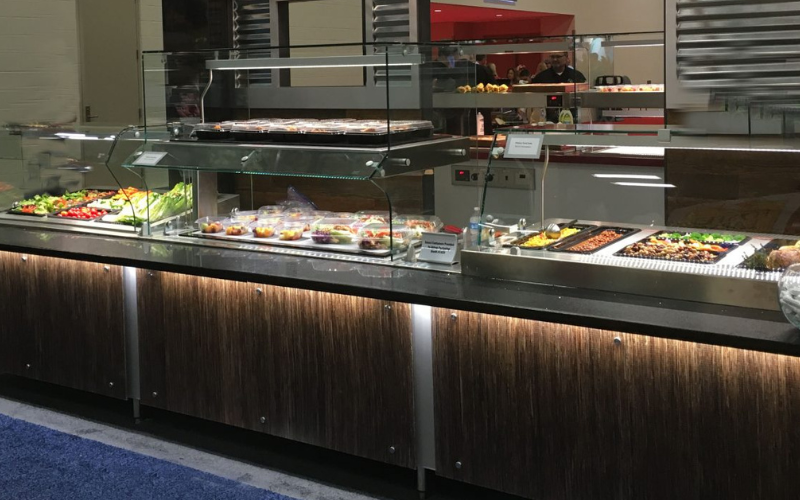
Food safety first
Our solutions are designed with safety in mind, ensuring your kitchen adheres to local and national foodservice standards.
Features like precise temperature control, easy cleaning, and durable materials help maintain food safety protocols. With NSF-certified equipment, you can ensure your kitchen meets the highest standards of cleanliness and safety, reducing the risk of foodborne illnesses.
food safety compliance
real-time monitoring
reduced contamination risk
food safety and compliance in Florida school foodservice
Food safety is paramount in Florida school nutrition programs, and adhering to strict safety standards protects both students and schools from health risks. Ensuring that meals are stored, cooked, and served at proper temperatures is essential for preventing foodborne illnesses. With advanced temperature-controlled holding units and reliable refrigeration, schools can guarantee that all food is kept within safe ranges, reducing the risk of contamination.
To further ensure compliance with safety regulations like HACCP, schools must invest in easy-to-clean equipment that meets stringent sanitation requirements. From prep stations to serving lines, having the right tools simplifies the cleaning process and ensures that the kitchen is always operating within legal guidelines. Sanitation-ready equipment reduces the labor required for cleaning, allowing staff to maintain a safe environment while focusing on service quality.
Additionally, advanced monitoring systems enable cafeteria staff to monitor food temperatures in real-time and make quick adjustments if needed. These systems provide peace of mind by continuously verifying that food safety standards are met, preventing potential health hazards from reaching the students.

labor savings in schools
Staffing shortages and budget constraints lead to ongoing labor challenges in school foodservice. Some solutions? Automated equipment like dishwashers and slicers handle time-consuming tasks, free up staff to focus on higher-value activities. Streamlined serving lines and prep stations reduce the number of staff needed to serve meals efficiently. And labor-saving equipment helps reduce fatigue and increases productivity, allowing your team to serve more meals in less time.
automated equipment
less strained staff
boosted productivity
addressing labor issues in school nutrition
Labor shortages are a growing issue for school cafeterias, where staff are required to prepare and serve hundreds of meals daily. Labor-saving solutions like automated equipment can significantly reduce the strain on kitchen personnel. Automated slicers, mixers, and even dishwashers can perform repetitive, time-consuming tasks, freeing up staff to focus on service and food quality. By alleviating the burden of manual labor, cafeterias can operate more efficiently even with fewer employees.
Streamlined prep stations and serving lines also help address labor challenges by enabling a smaller staff to serve a larger number of students in less time. Whether it’s an assembly-line-style layout or a thoughtfully organized kitchen, efficiency improvements allow schools to maintain high service levels despite labor shortages. This equipment-driven productivity boost reduces the need for hiring more staff, lowering overall labor costs.
Moreover, schools can benefit from equipment that is intuitive and easy to use. Simplified training processes for new staff mean that new hires can quickly get up to speed on operating various machines, ensuring smooth kitchen operations. The labor savings achieved through these systems contribute to a more sustainable foodservice model for Florida schools.

tips for a successful school cafeteria
Investing in high-quality school foodservice equipment is crucial for improving student participation, maintaining food safety, addressing labor issues, and enhancing the overall dining experience. Schools in Florida that focus on efficient cafeteria designs and high-performance equipment can increase the success of their nutrition programs, creating healthier students and a more sustainable future.
School Foodservice Equipment for Florida Cafeterias
The design and functionality of Florida school cafeteria equipment play a pivotal role in enhancing both student participation and operational efficiency. Counters and serving lines that showcase different menu options in appealing ways create an engaging, restaurant-like experience, encouraging students to choose school meals over packed lunches. Incorporating graphics that promote school spirit into serving line designs adds a touch of fun, fostering a welcoming atmosphere for students.
Serving lines are the heart of school foodservice operations. They facilitate the interaction between students and staff, making the meal service process a central part of the school day. With the right layout, these lines can increase efficiency by speeding up meal distribution and reducing waiting times, giving students more time to enjoy their food.
A well-designed school cafeteria does more than just serve meals; it nourishes students, contributing to their academic performance and well-being. By offering healthy, balanced meals, schools support students’ physical and mental development. However, the success of a lunch program relies on more than just nutrition—schools must also ensure that meals are timely, enjoyable, and part of a positive dining experience.
The flavor and diversity of school lunch menus significantly impact participation rates. While taste is often the top consideration for students, other factors, such as menu variety, cafeteria design, and an element of fun, also play critical roles. By balancing these elements, schools can create a vibrant, appealing lunch program that resonates with students and meets their nutritional needs.
Related Blog Posts
Solving Cafeteria Bottlenecks to Boost Florida Foodservice Profits
When lunchtime hits, the last thing any cafeteria director wants is a traffic jam. Bottlenecks in the serving line aren't just a nuisance; they hurt participation, slow down service, and create a frustrating experience. Whether it's a school cafeteria serving hundreds of students in a short window or a hospital cafe catering to busy healthcare workers, the struggle is the same. And too often, the culprit is outdated, one-size-fits-all serving equipment that can't keep up. Fortunately, there's a better solution taking hold across foodservice businesses in Florida: custom cafeteria serving lines.
3 Ways to Increase Participation in Your School Nutrition Program
The sustenance that schools provide to Florida's students shapes their growing bodies and helps to set them up for success in the classroom. School nutrition directors are always looking for new and innovative ways to provide vitamins, nutrient-rich fruits and vegetables, and other forms of nourishment to help students reach their intellectual and physical potential. But the only way that school nutrition programs can play a role is when students buy meals.
Air Purification for Schools Made Easy (and Potentially Free)
It's been widely reported the most common way for the coronavirus to spread from person to person is through tiny droplets containing the virus that float through the air. Those droplets can actually remain in the air for hours after an infected person is in the room, increasing the likelihood that others will contract Covid-19.

contact us
Want to streamline your school’s meal service?
Contact us to learn how our school nutrition solutions can help you serve more students efficiently while saving time and labor costs.

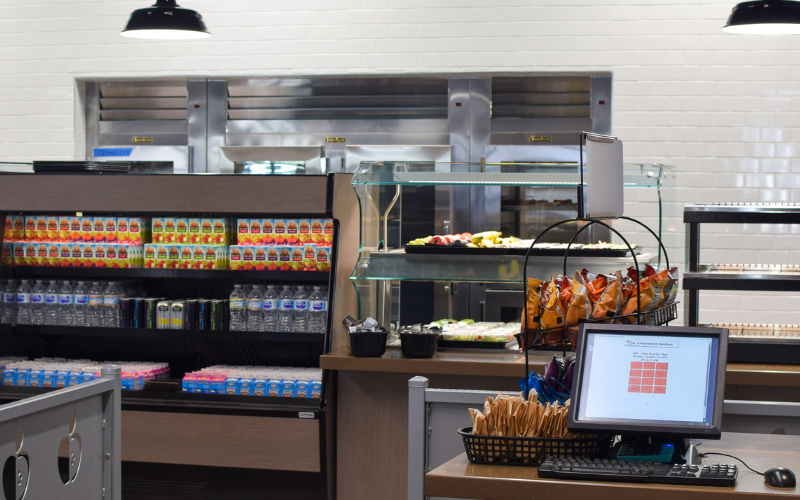
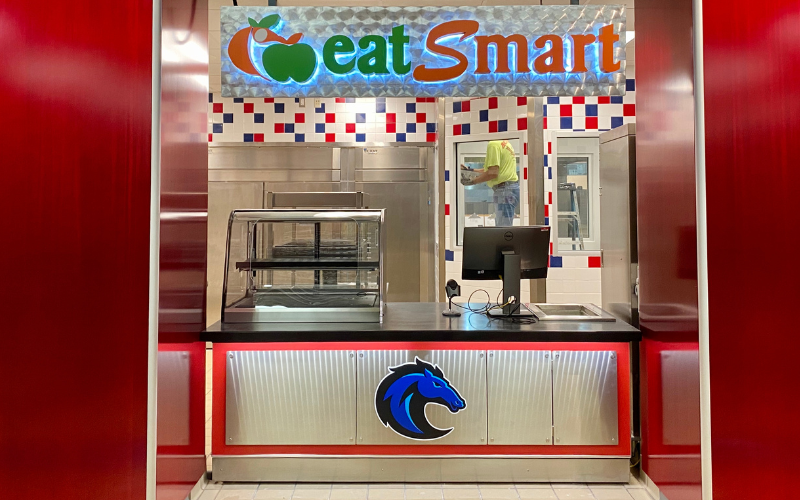
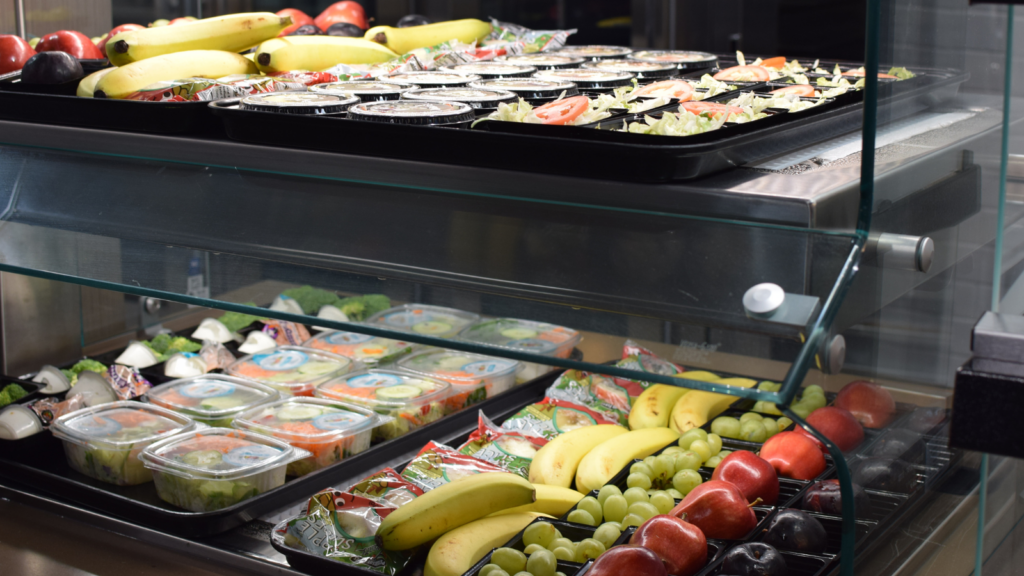
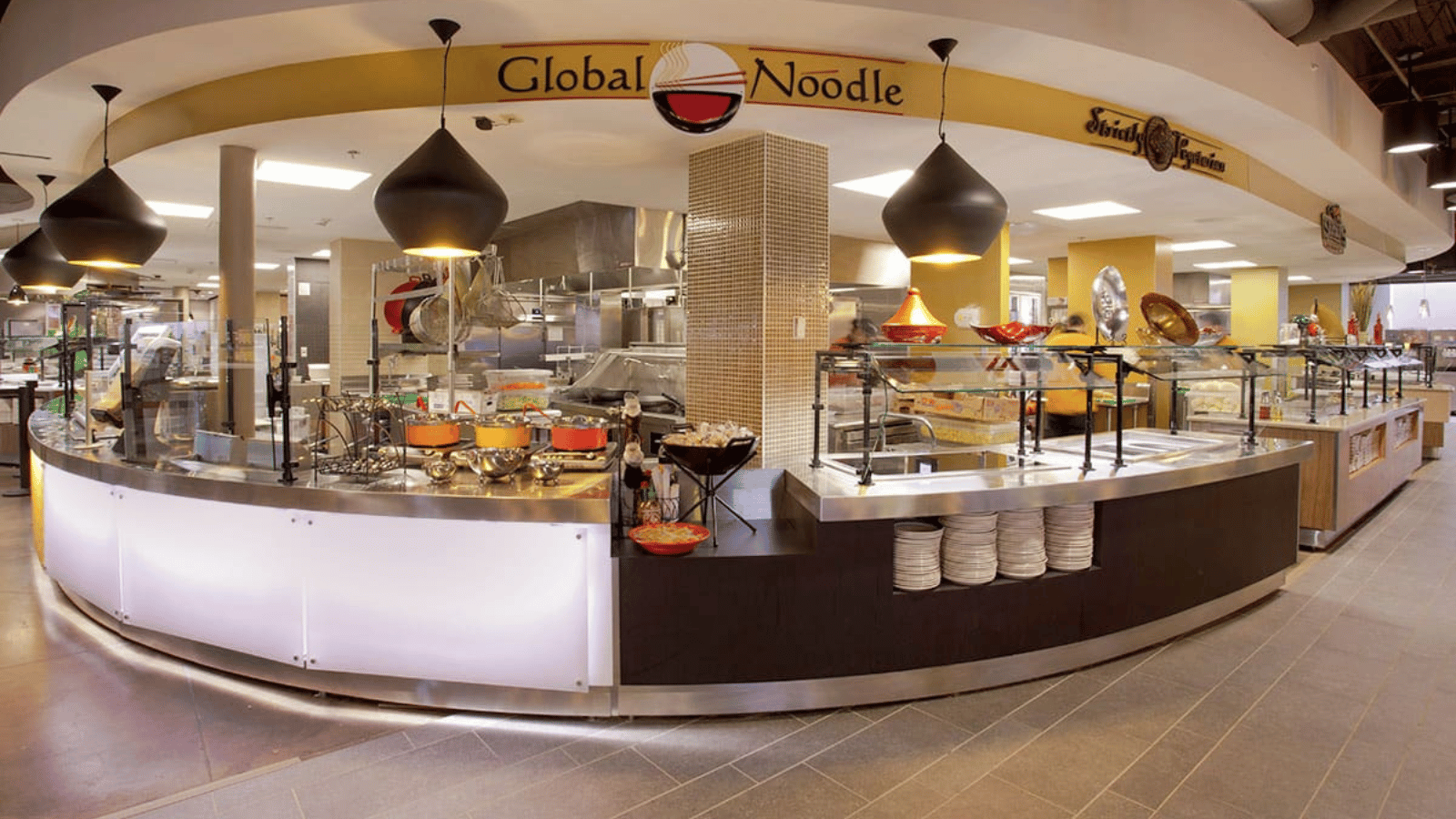

.png)